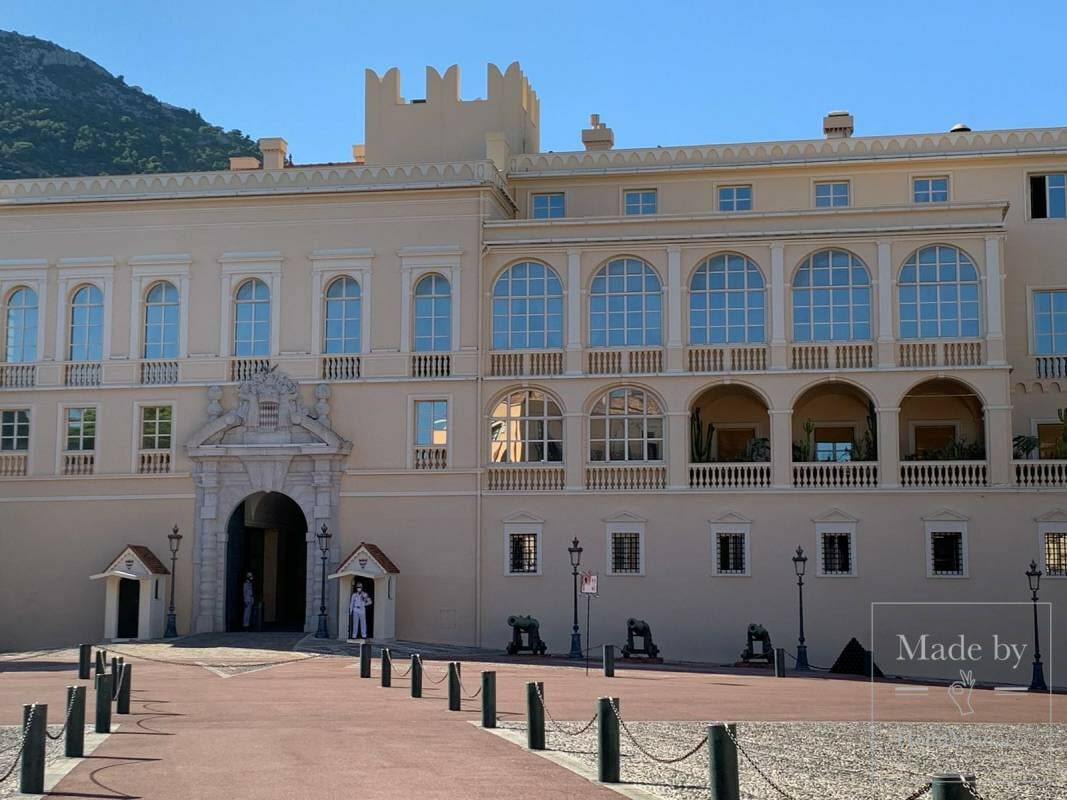In recent years, the revival of the Monegasque language has gained significant momentum, with a new book joining the growing body of works dedicated to this unique dialect. The latest contribution, Stefano Lusito’s “Anthology of the Literature and Written Usage of Monegasque”, is a comprehensive study that traces the origins, evolution, and written history of the Monegasque language. Lusito, a Genoese linguist, offers an in-depth exploration of Monegasque’s development, from its roots as a local vernacular to a formalized written language.
Tracing the Origins of Monegasque
For centuries, Monegasque was primarily an oral dialect spoken by the inhabitants of Monaco. It wasn’t until the 15th century that the first written traces of the language appeared, as Lusito’s anthology reveals. Early documents, including a notarial deed from the mid-1400s, showcase the emerging syntax and structure of Monegasque. The language continued to evolve over the centuries, with notable mentions in the 18th-century correspondence of Prince Antoine I, whose letters to his daughters contained phrases in Monegasque.
However, the language truly began to take shape in the 20th century. Louis Notari, often regarded as the father of Monegasque literature, published “A Legenda de Santa Devota” in 1927, marking the first major work entirely written in the dialect. This poem not only solidified the written form of the language but also became a cultural anchor, capturing the customs and history of Monaco. Notari’s work laid the foundation for future generations of Monegasque writers.
The Codification of Monegasque
While early efforts like Notari’s poem contributed to the growth of Monegasque literature, it wasn’t until the mid-20th century that the language was fully codified. The Reverend Father Louis Frolla played a pivotal role in formalizing the grammar and syntax of Monegasque. His creation of a Monegasque-French dictionary in the 1960s provided a crucial tool for both native speakers and learners, further establishing Monegasque as a legitimate written language. This was complemented by the work of Louis Barral and Suzanne Simone, who authored a French-Monegasque dictionary, making the language more accessible to a wider audience.
Lusito’s anthology meticulously documents these developments, showcasing the rich literary tradition that has grown alongside the codification of the language. From poetry and fables to plays and collections of proverbs, the Monegasque language now boasts a vibrant body of written work that reflects the history, identity, and culture of Monaco.
A Cultural and Educational Renaissance
The revival of Monegasque is not just a literary achievement; it is also deeply rooted in the principality’s education system. In the mid-20th century, Prince Rainier III recognized the importance of preserving the language, believing it to be an essential part of Monaco’s national identity. He reinstated the teaching of Monegasque in schools, ensuring that the language would be passed down to future generations. Today, students in Monaco study Monegasque from primary school through middle school, with exceptional learners receiving recognition from Prince Albert II.
This dedication to language education has created a new generation of Monegasque speakers and writers. The ongoing efforts to promote the language through education, literature, and cultural events are supported by institutions like the Academy of Dialectal Languages, which published Lusito’s anthology. The academy continues to play a key role in the preservation and promotion of Monegasque, offering resources like dictionaries and educational materials.
Monegasque in Popular Culture
Monegasque is not just confined to academic settings or classical literature. It has also found its way into popular culture, offering a playful and modern approach to language preservation. One notable example is the translation of *Tintin* comics into Monegasque. Three of Hergé’s iconic adventures—*The Castafiore Emerald*, *The Secret of the Unicorn*, and *Red Rackham’s Treasure*—have been adapted into the language, making Monegasque accessible to younger readers and families.
Music and Oral Traditions
Building on musical tradition, a children’s choir from the Rainier III Academy, accompanied by Monaco’s Philharmonic Orchestra, recorded the CD *Aiço D’Aiçì*. This project has further immortalized the Monegasque language in song, offering a modern interpretation of traditional melodies.
A Language Reborn
As Prince Rainier III once remarked, letting a language die is akin to losing a people’s soul. Today, thanks to the dedicated efforts of the royal family, educators, linguists like Stefano Lusito, and cultural institutions, Monegasque is not just surviving but thriving. The language has transformed from a simple vernacular into a fully realized literary and cultural tradition, reflecting the unique identity of Monaco. And Prince Albert emphasizes that he is very attached “to all initiatives that contribute to maintaining and promoting the major signs and strong symbols of Monegasque particularism”.









